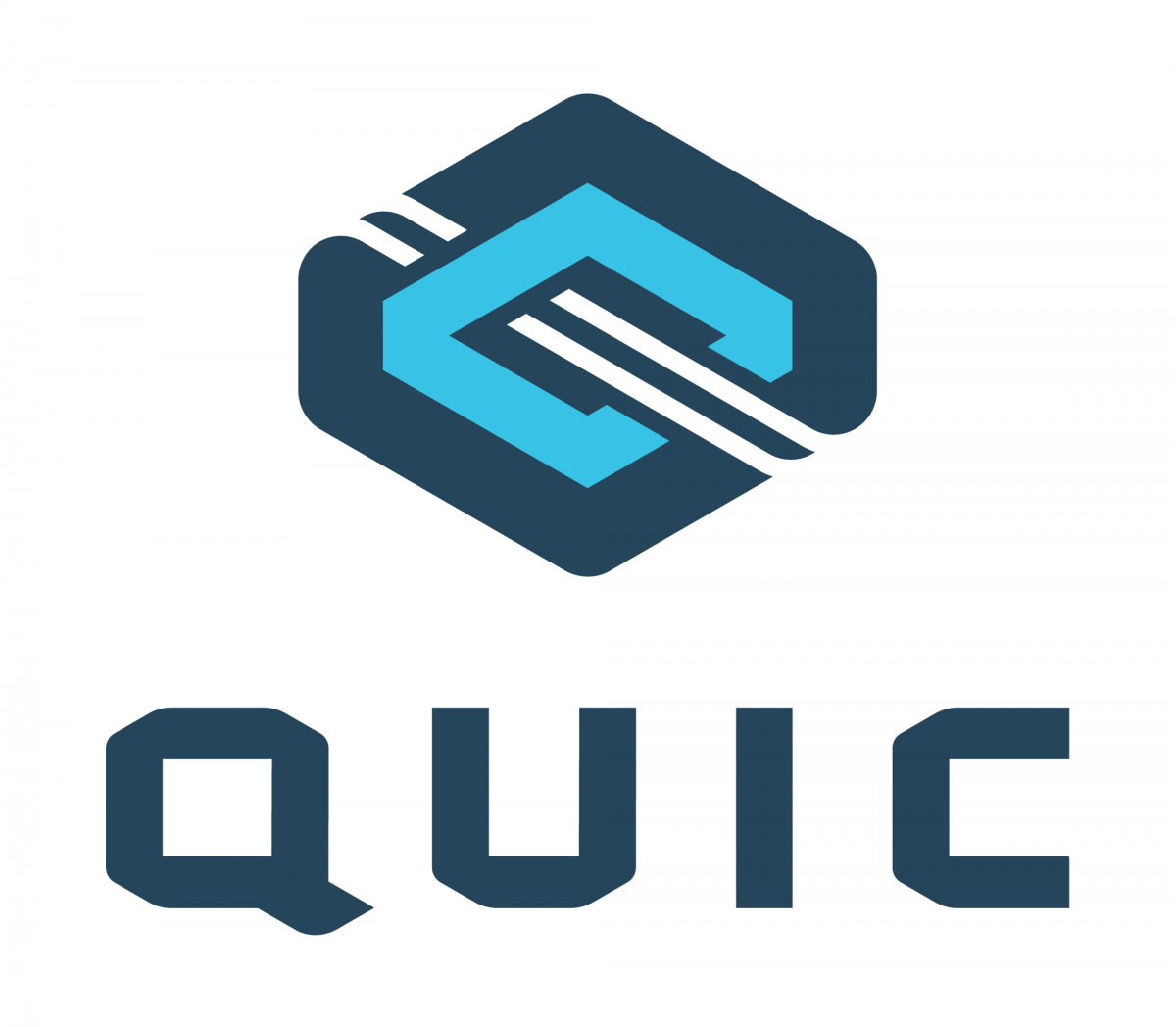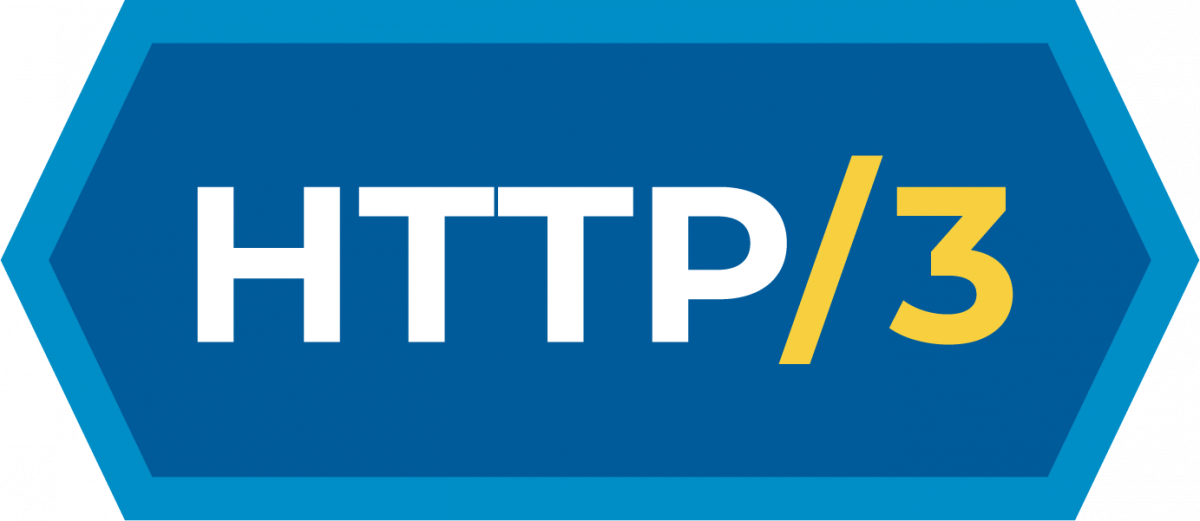The official publication date of the relevant QUIC specifications is: May 27, 2021.

I’ve done many presentations about HTTP and related technologies over the years. HTTP/2 had only just shipped when the QUIC working group had been formed in the IETF and I started to mention and describe what was being done there.
I’ve explained HTTP/3
I started writing the document HTTP/3 explained in February 2018 before the protocol was even called HTTP/3 (and yeah the document itself was also called something else at first). The HTTP protocol for QUIC was just called “HTTP over QUIC” in the beginning and it took until November 2018 before it got the name HTTP/3. I did my first presentation using HTTP/3 in the title and on slides in early December 2018, My first recorded HTTP/3 presentation was in January 2019 (in Stockholm, Sweden).
In that talk I mentioned that the protocol would be “live” by the summer of 2019, which was an optimistic estimate based on the then current milestones set out by the IETF working group.
I think my optimism regarding the release schedule has kept up but as time progressed I’ve updated that estimation many times…
HTTP/3 – not yet

The first four RFC documentations to be ratified and published only concern QUIC, the transport protocol, and not the HTTP/3 parts. The two HTTP/3 documents are also in queue but are slightly delayed as they await some other prerequisite (“generic” HTTP update) documents to ship first, then the HTTP/3 ones can ship and refer to those other documents.
QUIC
QUIC is a new transport protocol. It is done over UDP and can be described as being something of a TCP + TLS replacement, merged into a single protocol.
Okay, the title of this blog is misleading. QUIC is actually documented in four different RFCs:
RFC 8999 – Version-Independent Properties of QUIC
RFC 9000 – QUIC: A UDP-Based Multiplexed and Secure Transport
RFC 9001 – Using TLS to Secure QUIC
RFC 9002 – QUIC Loss Detection and Congestion Control
My role: I’m just a bystander
I initially wanted to keep up closely with the working group and follow what happened and participate on the meetings and interims etc. It turned out to be too difficult for me to do that so I had to lower my ambitions and I’ve mostly had a casual observing role. I just couldn’t muster the energy and spend the time necessary to do it properly.
I’ve participated in many of the meetings, I’ve been present in the QUIC implementers slack, I’ve followed lots of design and architectural discussions on the mailing list and in GitHub issues. I’ve worked on implementing support for QUIC and h3 in curl and thanks to that helped out iron issues and glitches in various implementations, but the now published RFCs have virtually no traces of me or my feedback in them.
